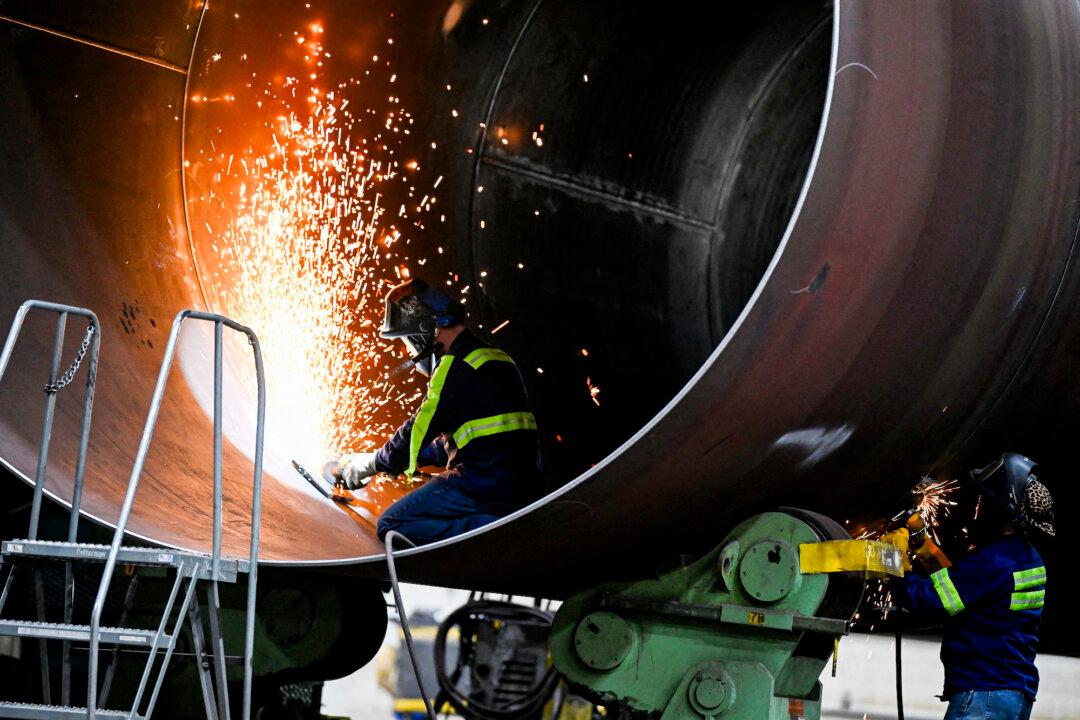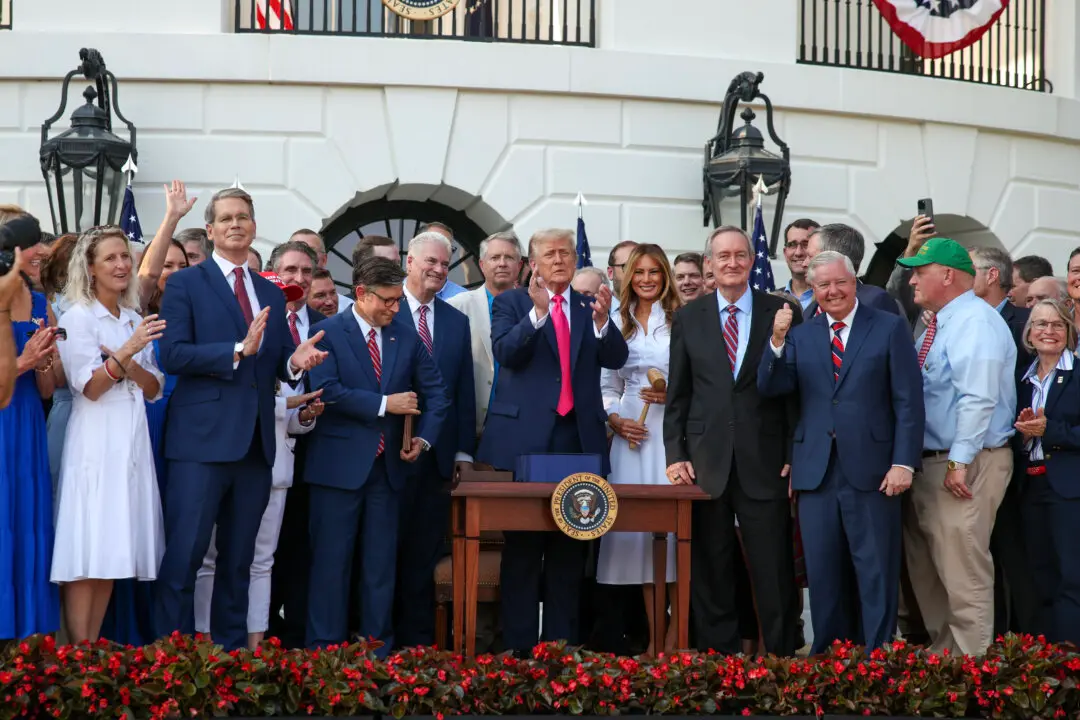U.S. industrial production fell more sharply than expected in September, signaling continuing weakness in the nation’s factory activity.
Data from the Federal Reserve, released on Oct. 17, showed a 0.3 percent decline in industrial output, following a downwardly revised 0.3 percent gain in August. Analysts had predicted a smaller drop of 0.2 percent for the month.





